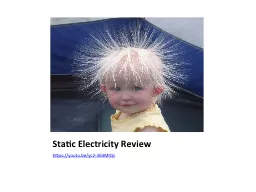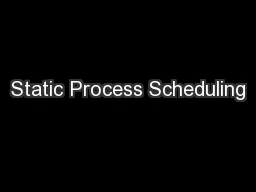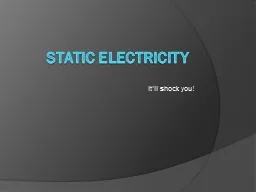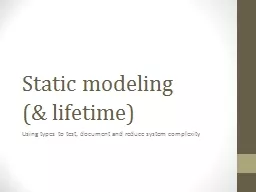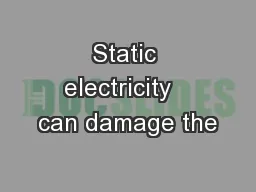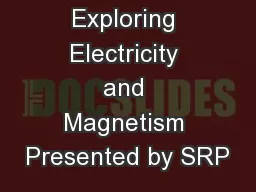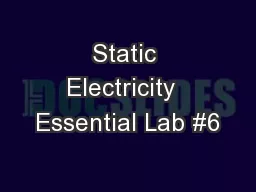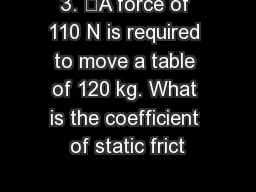PPT-Static Electricity Review
Author : jane-oiler | Published Date : 2017-06-08
httpsyoutubeyc2 363MIQs Whiteboard Review Questions Whiteboard Practice An initially neutral balloon acquires negative charge after it is rubbed against a mans hair
Presentation Embed Code
Download Presentation
Download Presentation The PPT/PDF document "Static Electricity Review" is the property of its rightful owner. Permission is granted to download and print the materials on this website for personal, non-commercial use only, and to display it on your personal computer provided you do not modify the materials and that you retain all copyright notices contained in the materials. By downloading content from our website, you accept the terms of this agreement.
Static Electricity Review: Transcript
Download Rules Of Document
"Static Electricity Review"The content belongs to its owner. You may download and print it for personal use, without modification, and keep all copyright notices. By downloading, you agree to these terms.
Related Documents

